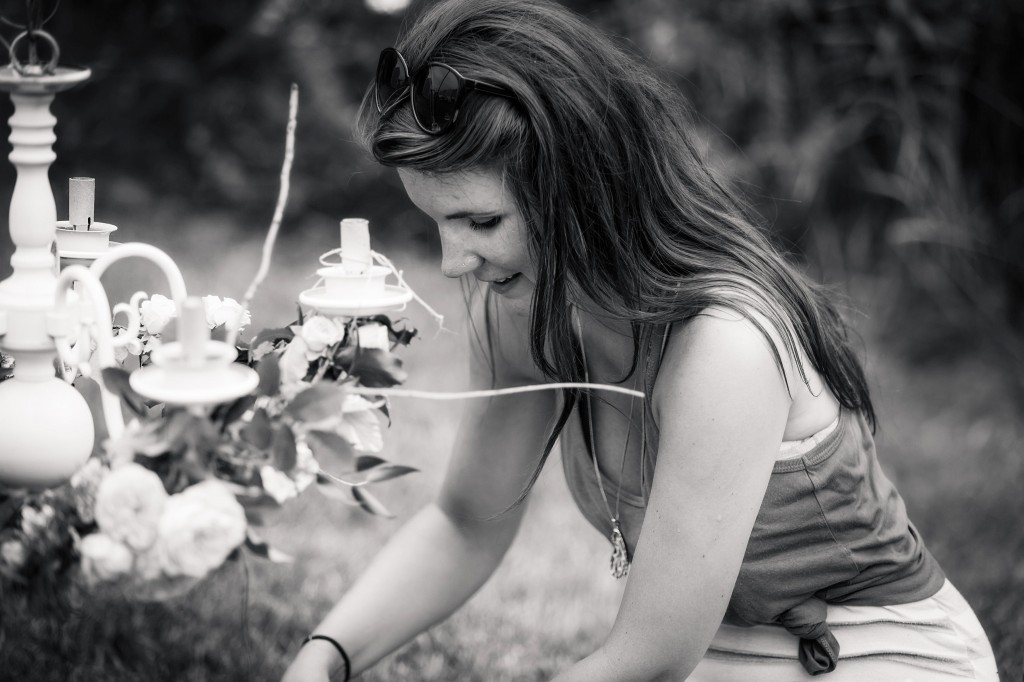As I was scribbling down that title I couldn’t help but think anyone who has a distaste for math is surely going to want to read this. And of course they’ll agree, percentages are tricky and problematic. However, this is not a full on math lecture just a little advice when it comes to wedding planning.
I’ve come to the point in my season where weddings are winding down the planning is gearing up for next year. As my first consults begin, we chat about things like overall style, favorite colors and flowers, locations, priorities, fantasies, crazy proposal stories and my least favorite part of the conversation – budgets. It seems there are a couple of very common scenarios that I run into while talking numbers with couples. 1. They have an overall number in mind but have very little clue as to how that money should be allocated and how much things in “wedding land” cost. Or 2. They have pulled a budget worksheet from The Knot or Weddingwire or similar and know exactly what they’re willing to spend in each area based on the website’s recommendations.
There is nothing wrong with either one of these situations. It’s tricky to know what things cost when you’ve never planned a wedding before. I think these sample budget sheets from the various website are really helpful guidelines. But they’re just that – a guide. And they’re usually made up of percentages. The problem is the website doesn’t know your exact needs. They don’t know that you can decrease your rental amount because the venue provides super amazing chairs – chairs that also made the venue itself more expensive. They also don’t typically take into consideration the number of guests. For example – if you’re budget is $50,000, it’s recommended that approximately 30% of that budget be allocated to food and food services. If you’re inviting 300 guests, that works out to $50 per person. This includes appetizers, salads, entrees and service staff fees and gratuities. If you have a smaller wedding of around 75 guests, you’ll be spending $200 per person on their meal. Depending upon your menu selections and formality of the event, that might seem a little excessive. In the case of the smaller guest count I may recommending using some of those monies elsewhere.
The same holds true with flowers and décor. Usually about 8-12% is allotted for this part of the budget. However, fewer guests means few tables. On the flip side, the more guests you have the more centerpieces you’ll need, meaning you might not be able to do some of those extra floral showpieces you were hoping for or you might have to adjust the percentages of your budget.
So what doesn’t change with guest count? There are certain fixed costs within the planning process. Think photography, music, venue rentals and officiant fees – all necessary items that typically don’t fluctuate with the guest count.
And what if you can’t find someone who’s pricing fits within that allotted percentage? Photography can sometimes be the biggest struggle here. It’s pretty rare that I hear a bride mention that she doesn’t care about the photographer. It’s more often the case that they want the best that they can find within their budget. However, with smaller budget weddings you might have to up the percentage of that funds you’re willing to spend in this area. This is an area I truly feel that you get what you pay for and it’s the lasting memories from your day.
Prioritize. That’s my biggest piece of advice. Use these percentages as a guide but if you want the more expensive band verse a DJ, go for it. Just remember to adjust other areas of the budget accordingly, perhaps eliminated the custom invitations for premade or have your place cards and escort cards do double duty. And theirs your accounting lesson for the day. Problem solved.
Photography: Heather Cisler Photography
0
LEAVE A COMMENT
View Comments